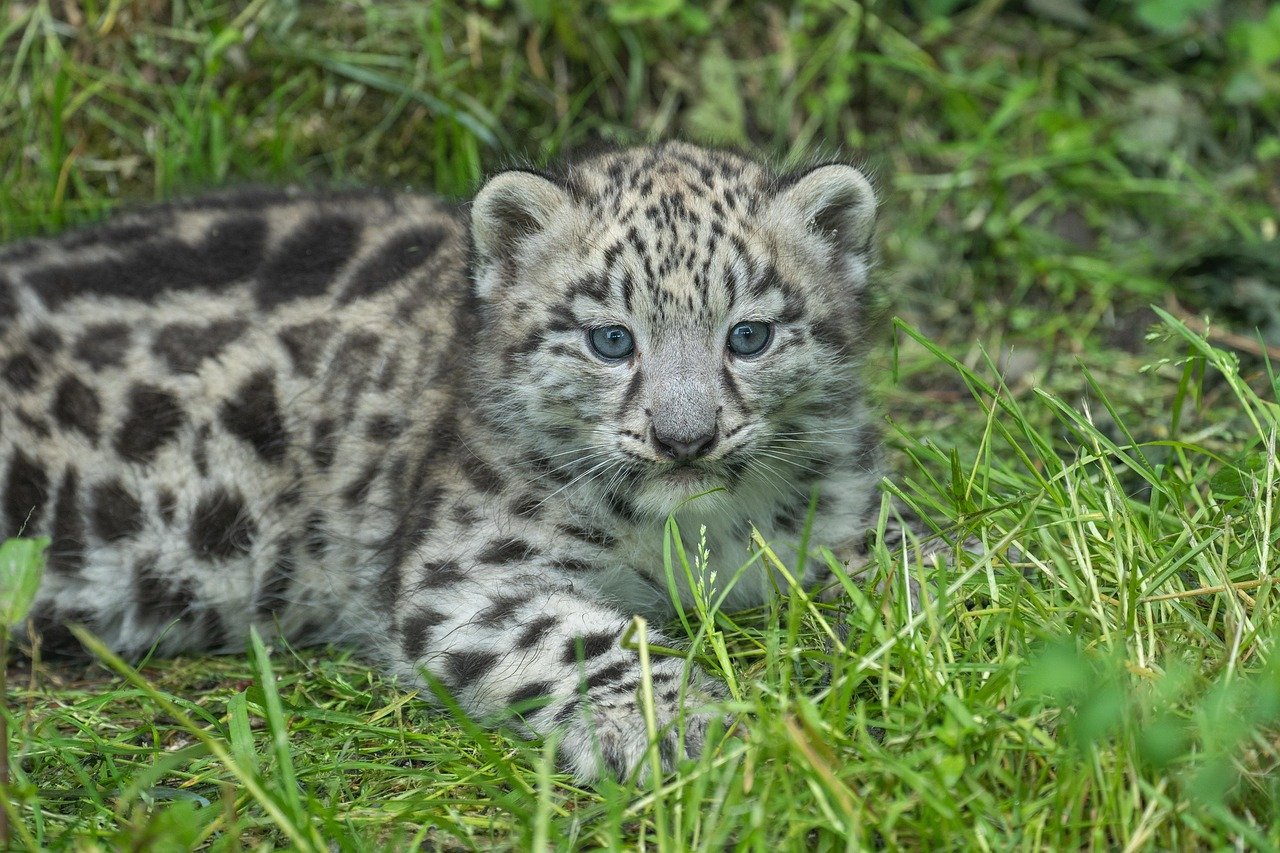They Drag Their Kills Up Trees Like It’s Nothing

Trail cameras have caught leopards doing something that seems almost impossible. These spotted cats can haul prey twice their own body weight straight up a tree trunk. Picture dragging a full-grown deer up a 20-foot oak tree using only your teeth and claws. A leopard’s jaw muscles are so powerful they can lift an antelope carcass while climbing vertically. This incredible feat keeps their meal safe from lions, hyenas, and other hungry competitors who can’t follow them up there.
Their Eyes Glow Like Alien Spacecraft in the Dark

When trail cam flashes go off at night, leopard eyes light up like two green lanterns floating in the darkness. This eerie glow comes from a special layer behind their retinas called the tapetum lucidum. It works like a mirror, bouncing light back through their eyes for a second chance at vision. This gives leopards night vision that’s six times better than humans. No wonder they look so confident prowling around in complete darkness while we’d be stumbling over every branch.
They Have Secret Swimming Sessions Nobody Expected

Most people think cats hate water, but trail cameras reveal leopards are actually skilled swimmers. These big cats wade into rivers and lakes like they’re taking a casual evening stroll. They’ve been filmed diving underwater to catch fish and even swimming across wide rivers during hunting expeditions. Unlike their domestic cousins who run from a single drop of rain, leopards embrace water as just another hunting ground. Some have been recorded swimming over a mile to reach islands where prey might be hiding.
They Talk to Each Other Using Sounds We Can’t Hear

Trail cameras with audio recording have picked up something fascinating about leopard communication. These solitary cats make low-frequency calls that travel for miles through the forest. Their “sawing” sound, which resembles wood being cut, can be heard by other leopards up to three miles away. They also use scent marking combined with specific vocalizations to leave detailed messages for other leopards. It’s like they have their own postal system running through the jungle every night.
They Practice Their Hunting Skills on Absolutely Everything

Young leopards caught on camera look like they’re playing, but they’re actually in serious training mode. Trail cams show them pouncing on leaves, wrestling with branches, and stalking their own shadows. This playful behavior is actually crucial survival practice that develops their lightning-fast reflexes. Adult leopards have been filmed “practicing” too, perfecting their stealth approach on unsuspecting rocks and logs. Every night becomes a training session for these natural-born hunters.
They Have Personal Highways Through the Treetops

Trail cameras positioned high in trees reveal leopards using canopy highways that most people never knew existed. These cats leap from branch to branch with incredible precision, creating aerial routes that bypass ground-level dangers. They remember every strong branch and reliable jumping distance, building mental maps of their three-dimensional territory. Some leopards travel several miles without ever touching the ground, moving through the trees like furry ninjas. Their paws have specially adapted claws that work like natural climbing gear.
They Cache Food in the Weirdest Places

Beyond just dragging kills up trees, leopards get creative with their food storage solutions. Trail cameras have captured them wedging prey into rock crevices, hiding carcasses under dense bushes, and even burying smaller meals like giant house cats. They return to these hidden stashes over several days, eating a little at a time. Some leopards have been filmed maintaining multiple food caches across their territory simultaneously. It’s like they’re running their own network of secret refrigerators throughout the wilderness.
They Show Surprising Moments of Pure Curiosity

Trail cameras reveal a side of leopards that surprises even wildlife experts. These powerful predators often approach camera traps with the curiosity of house cats investigating a new cardboard box. They sniff the equipment, rub against it, and sometimes even play with dangling straps or loose parts. Some leopards have been filmed spending over an hour examining a single camera, turning it into an unexpected toy. These moments show that underneath all that hunting prowess lies the same feline curiosity that makes cats so endearing.
Ever wonder what other secrets these mysterious cats are hiding in the darkness?
Hi, I’m Bola, a passionate writer and creative strategist with a knack for crafting compelling content that educates, inspires, and connects. Over the years, I’ve honed my skills across various writing fields, including content creation, copywriting, online course development, and video scriptwriting.
When I’m not at my desk, you’ll find me exploring new ideas, reading books, or brainstorming creative ways to solve challenges. I believe that words have the power to transform, and I’m here to help you leverage that power for success.
Thanks for stopping by, Keep coming to this website to checkout new articles form me. You’d always love it!






